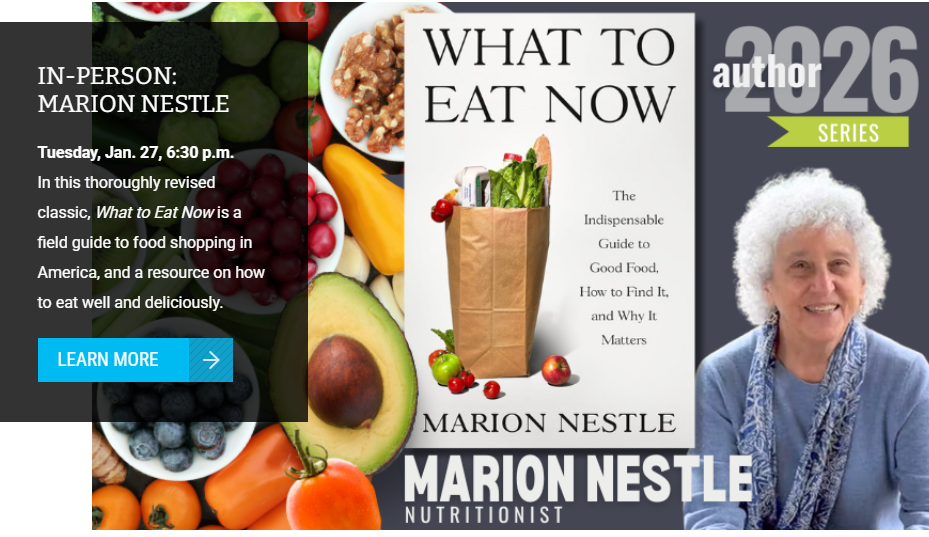Without honest inspections, we won’t have safe food
As we have learned all too often, dishonest food companies cut corners on food safety any time they can get away with it. That is why inspections are absolutely necessary. Right now, the inspection system is largely voluntary and all too easily corrupted. In a series of articles in the New York Times, we now learn that some of the peanut butter caught up in the recent recalls was Certified Organic, and that the plants had passed inspection by USDA-licensed organic certifiers.
As for conventional foods: today’s front-page article expands on flaws in the food inspection system. Inspectors, for example, are paid by the plants they are inspecting (oops). Here’s my favorite quote, attributed to Mansour Samadpour, a food safety consultant: “The contributions of third-party audits to foods safety is the same as the contribution of diploma mills to education.”
When I was doing the research for my book, Safe Food, I visited a plant that manufactured meat products. The plant manager told me that you could butcher a dog in front of the onsite USDA inspector and he would never see it. I believed him: inspectors only see problems if they know what to look for.
All of this makes me think that inspections need to be done by independent agencies that are rewarded for finding problems, not ignoring them. Mandatory HACCP (standard food safety procedures) with testing and inspection would help too. And if the organic food industry wants the public to believe that organic foods are better, it must make sure that production methods meet organic standards in letter and spirit. Otherwise, why bother to pay more for organic foods?
The USDA needs to close loopholes and insist on the integrity of the inspection system. The FDA needs to figure out a way to get its inspection needs under control. These are issues for Congress to handle. I keep wondering: How bad do things have to get before Congress does something useful about food safety?


